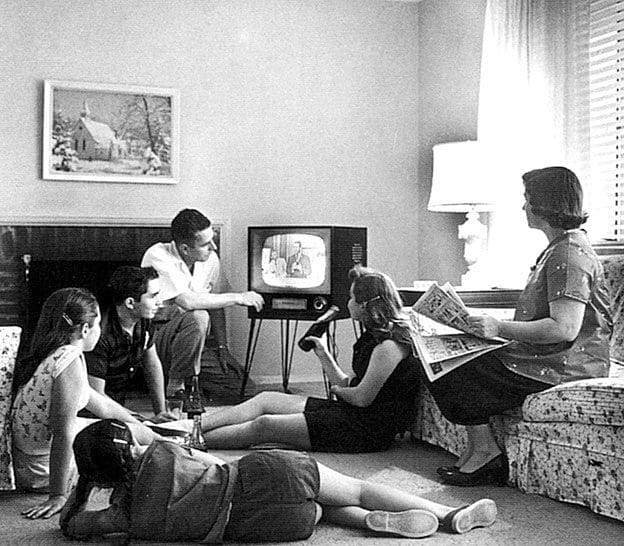words Alexa Wang
Renovating can be stressful, and never more so than when you’re making alterations to a period property. There are additional legal restrictions to consider, as well as aesthetic ones. Go about things in the wrong way, and you might end up inflicting significant damage on the look and value of the property.

It might be the case that your period property has already undergone several renovations, many of which might not meet the required standard. In the process of your renovation, you should be aiming to identify these, and ultimately preserve – or restore – the original look of the building.
Let’s run through some of the major considerations when restoring a period property.
Is the property listed?
Older properties have value, not just to the people that own them, but to wider society. They might be historically important, or contribute to the look of the neighbourhood. Reflecting this is a range of planning restrictions which cover period properties.
Your first step should therefore be to check whether your property is listed. Listed buildings come in three different grades, but in the vast majority of cases you’ll be looking at a Grade II listing. The listing will cover the entire building, unless there are certain parts of it specifically excluded from the listing.
If your building is listed, then it doesn’t mean that you can’t make any modifications – just that you’ll need to get listed building consent. If you proceed without having done this, then you’ll be legally liable – and this might mean a prison sentence of up to two years, or an unlimited fine.
The budget
As with any other renovation project, a failure to budget properly can cause a significant headache. Your budget should cover any necessary rewiring or plumbing which might be needed to bring the property up to modern standards for electrical safety.
In a period property, it’s a very good idea to set aside a little more extra cash than you otherwise would. Properties of this sort have a habit of throwing up unforeseen problems, which can, in some cases, be expensive to fix. You’ll want to have a reserve to deal with this sort of thing.
The work
Your period property may be full of special features which date back to the Victorian era, or even before that. It’s a good idea to try to restore these features wherever possible. You’ll find specialist builders whose job it is to do exactly this. They will use traditional methods for plastering and rendering, while sourcing modern materials like plasterboard. They will also help you pick out the right colours to match with the period.
Look at their track record with properties similar to yours before you commit to hiring. If restoration isn’t possible, you’ll need to match what’s already there as closely as possible. Older floor tiles should be matched with those of a similar styling.









